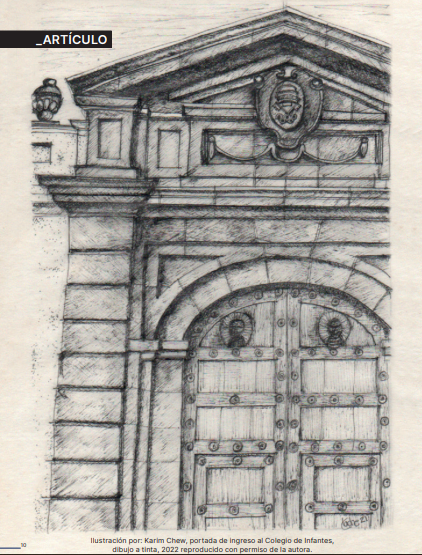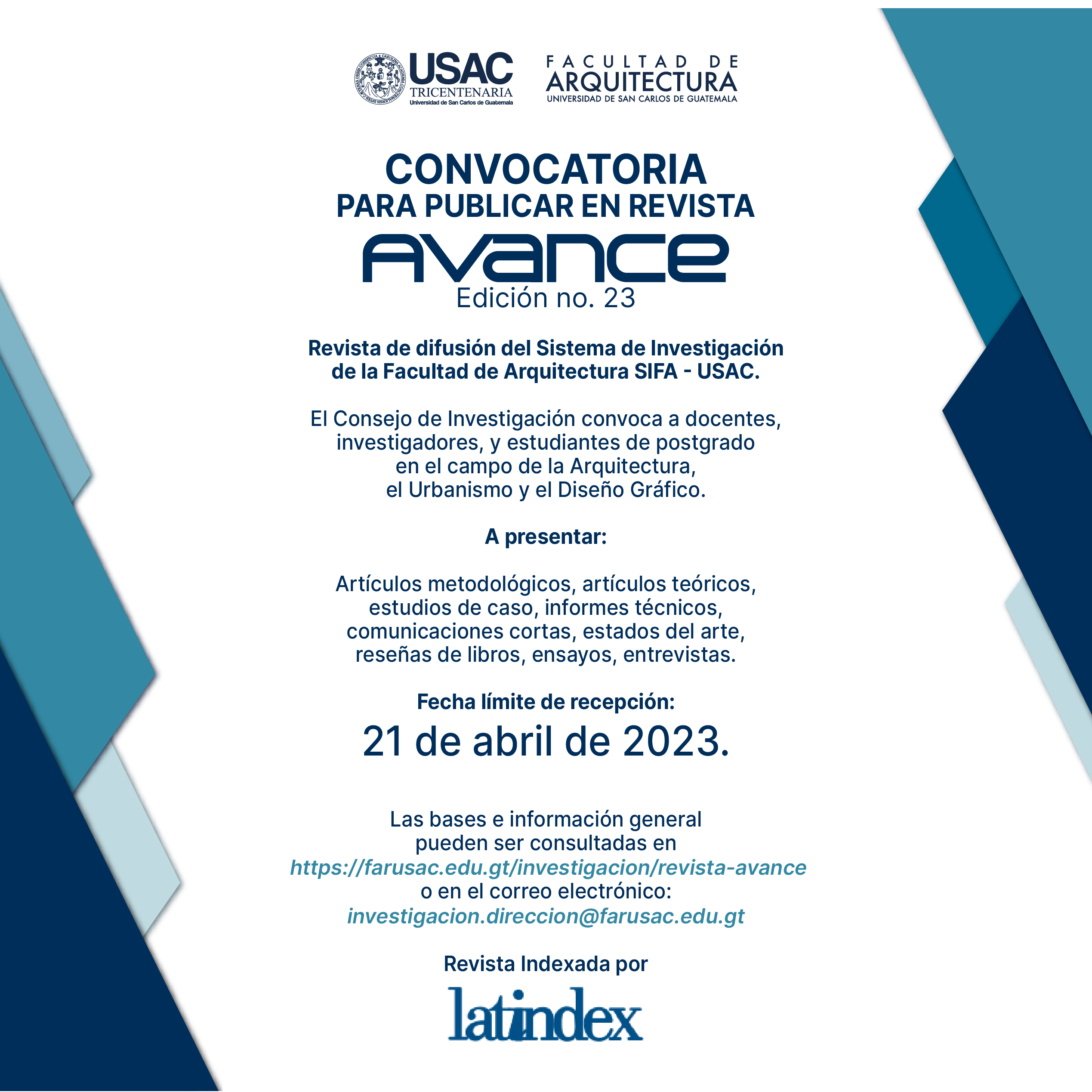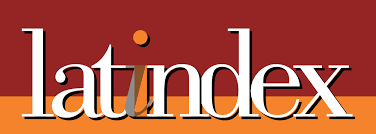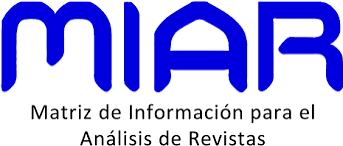Working In An Architecture Office
between the twilight of domination and the eve of independence
Keywords:
architecture workshops, architecture office, craft of architecture, architecture in GuatemalaAbstract
In the aftermath of Spanish period in the kingdom of Guatemala, an event marked
the change between the craft work and the professional work of the architect, an
evolution from the artisanal architecture to the architecture of studio. At the end of
the eighteenth century and on the eve of independence, a Spanish professional of
the illustration, and his draughtsman, installed an architecture office. The initial goal was to design a city and its main buildings, but they did more than that. A study of the furniture and equipment they used will help to understand how the architect's work was executed. The books they brought with them are evidence of their formation and can represent the encounter with the beginnings of the Neoclassical in Guatemala. The Earthquakes have destroyed much of his physical work, but the documents have managed to preserve important moments for the history of architecture. Two hundred years later, from testamentary processes, with the support of other documents will be interpreted what is described in these, to reconstruct the work that was done in what was perhaps the first architectural office in Guatemala.
Downloads
References
Archivo General de Centro América AGCA. Signatura A1 43 Expediente 44060, Legajo 5243. Causa Mortual del Delineador don Antonio Bernasconi, con que dio cuenta el alcalde ordinario del primer voto de esta capital. 1790.
Bonet Correa, Antonio. “Los tratados clásicos de la arquitectura”. En Jornadas ABBA (Bibliotecas y Bibliotecarios de Arquitectura, Construcción y Urbanismo) organizadas por la Biblioteca del COAM. Madrid: Colegio Oficial de Arquitectos de Madrid COAM, s/f. https://www.coam.org/media/Default Files/fundacion/biblioteca/docs/2020/antonio-bonet-los-tratados-clasicos-de-la-arquitectura.pdf.
Camacho Ríos, Alberto Sanchéz Luján, Bertha Ivonne Blanco Vega, Ricardo Cuevas Acosta, Jesús Humberto. “Geometrización de una porción del espacio real”. Educación Matemática, ol. 23, nú (2011): pp.123-145.
Chanfón Olmos, Carlos. “Los tratados de arquiectura en la edad media.” Boletin del instituto de investigaciones bibliográficas Volumen VI (s/f): 12 y 13. http://publicaciones.iib.unam.mx/index.php/boletin/article/view/656/645.
Chew Gutiérrez, Karim Lucsett. “La incomprendida arquitectura se Marcos Ibañez”. 53 Congreso de Amercanistas. 2015.
Chew Gutiérrez, Karim Lucsett. “Olvido y destrucción, la historia de la casa de Marcos Ibáñez en la Nueva Guatemala de la Asunción”. Revista AVANCE,Facultad de Arquitectura, USAC. Vol. 10- (2017): 47–55. file:///C:/Users/Karim Chew/Downloads/1295-2420-1-SM.pdf,.
Fernandez García, Martha Raquel. “El albañil, el arquitecto y el alarife en la Nueva España.” Anales Del Instituto De Investigaciones Estéticas 14(55) (s/f): 49–68. https://doi.org/10.22201/iie.18703062e.1986.55.1273.
Jaime Lorén, José María de. Dos hijos de Odón grandes benefactores de su pueblo. Centro de Estudios del Jiloca. Jiloca, España, 2016. https://investigacion-farmaceutica.es/wp-content/uploads/2019/05/Texto-10.pdf.
Lujan Muñoz, Luis. El arquitecto mayor Diego de Porres (1677-1741). Segunda. Guatemala: Editorial Universitaria, 2009.
Marías, Fernando. “El largo siglo XVI: los usos artísticos del renacimiento español”. Conceptos fundamentales en la historia del arte español, 5 (1989): 467.
Moncada Maya, José Ommar. “La cartografía de los ingenieros militares. Instrumento para el conocimiento del territorio”. Revista de Geografía Norte Grande, 69, 2018, 17. https://scielo.conicyt.cl/pdf/rgeong/n69/0718-3402-rgeong-69-00009.pdf.
Salgado Levano, Ana Cecilia. “Evaluación Del Rigor Metodológico Y Retos”. Liberabit 13, núm. 1729–4827 (2007): 71–78. http://www.scielo.org.pe/pdf/liber/v13n13/a09v13n13.pdf.
Terán Bonilla, José Antonio. “Los gremios de albañiles en la Nueva España”. Imafronte, 12–13 (1997). https://revistas.um.es/imafronte/article/view/39271.

Downloads
Published
How to Cite
Issue
Section
License
Copyright (c) 2022 Karim Lucsett Chew Gutiérrez

This work is licensed under a Creative Commons Attribution-NonCommercial-ShareAlike 4.0 International License.












